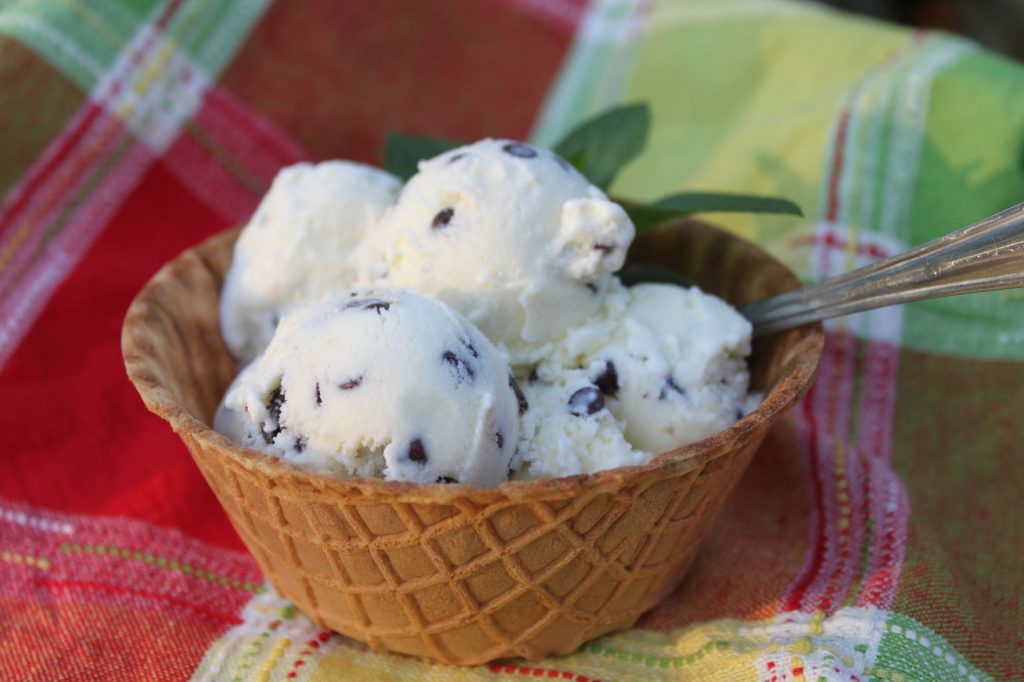Winter storms can cause power outages, and with that, food safety concerns. While we all enjoy a nice gentle snowfall winter storms are another story. Keeping food safe during a power outage is not hard but does require a little planning.
Some ideas to consider include:
• Keeping the doors closed. If your refrigerator or freezer is kept closed then the foods will stay cold longer. Placing a blanket over a deep freezer will insulate the appliance helping to keep the food cold longer. Freezers that are fuller also hold colder temperatures better than a half full freezer.
• Using a food thermometer. A food thermometer inside appliances will help monitor safe temperatures. Refrigerators should be kept under 41 degrees. Foods that reach temperatures above that will need to be thrown away after four hours. A freezer should be set at 0 degrees. When a power outage happens, frozen foods need to be below 32 degrees to prevent thawing.
• Utilizing a cooler. Another way to prevent food from spoiling is to move it into coolers and adding ice. The ice should cover the foods and be replaced as often as necessary to keep foods below 41 degrees.
• Dry ice is a great way to keep frozen foods cold but is hard to find and may not be available during a winter storm.

Frozen foods should be kept frozen, and if thawed will need to be kept below 41 degrees. Thawing and re-freezing food is not recommended for nutritional value and should be avoided under normal circumstances. If the power outage is due to a winter storm, foods may be able to be kept colder outside but should be placed in coolers with ice out of the sun and out of reach of animals.
When determining if food is safe to consume, keeping track of the temperature and how long it has been temperature compromised is important. Any foods that are not frozen or below 41 degrees for an unknown time should be thrown away.
When deciding whether a food is safe to consume, consider the color and texture of the food. Foods should be thrown away if there is any doubt. Use the mantra “When in doubt, throw it out.” Tasting a food for spoilage is tempting but is not recommended as some bacteria can not be tasted and could make you very ill.
